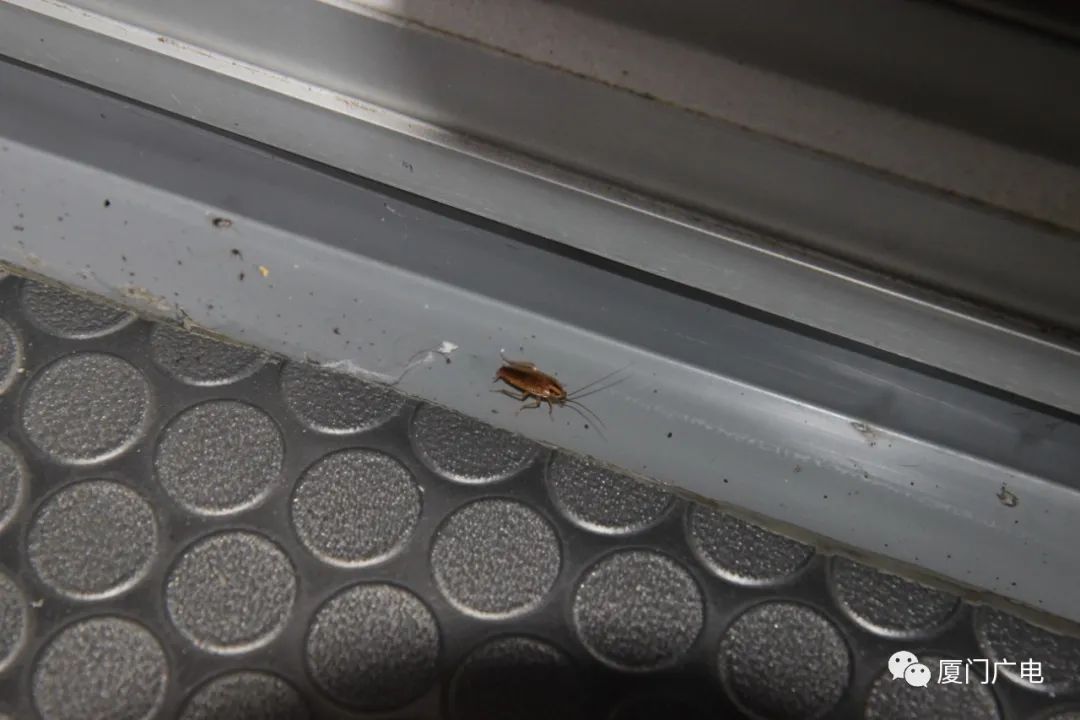What is Hagen -Daz's ethylene pollution?
Author:Shaanxi Science and Technology Time:2022.07.12
Source: Science Popularization China
Recently, ice cream is really hot search. No, in the Taiwan Food and Drug Department released a border inspection of unqualified food list, France exported two batches of hangdas vanilla ice cream was detected as a toxic ingredient "epoxyne". The response letter from Hagens Das importer General abrasive China said that the two batches of products involved in Taiwan's imports were not sold in mainland China.
Regardless of whether it is sold in the mainland, the problem of frequent high -priced ice cream makes people have to question: what happened to the ice cream now, can we still eat with confidence? Let's talk to you today, what is Hagens Das' epoxide pollution?
01, what is ethylene oxide?
Ethylene oxide, commonly known as EO, chemical formula is C₂H₄o,

This thing has an important purpose: sterilization. Because epoxide is a broad -spectrum sterilizer, at room temperature, various microorganisms are not proclaimed. For example, common medical bacteria, bacteria, viruses, fungi and the like can be destroyed. Moreover, this thing is very advantageous:
1, normal temperature sterilization
In the sterilization measures we are familiar with, we often need high temperature sterilization. For example, biological laboratory just likes 121 ° C sterilization. Although it is cheap, there are some things that are not resistant to high temperatures, such as this pressure pulse belt.

There are also various silicone and catheters. This cannot be high temperature, otherwise it will be degraded. So this is the first advantage of ethylene oxide.
But it is estimated that many people think of another thing: alcohol, can this thing be sterilized at room temperature? This has another problem: water.
2. No water
E -ethylene oxide is not water, so it can be used directly. However, ethanol is different. The ethanol that can disinfect is 75%concentration, that is, it contains 25%of water. In actual disinfection, after the volatilization of ethanol, water is left.
In medical, some equipment cannot be water, such as various electronic instruments. However, medical places often face various microorganisms, so disinfection is necessary, so ethanol is not very recommended.

Because of this, epoxide can be used for medical disinfection and is widely used.
02, what are the dangers of ethylene oxide?
In fact, a simple truth, which can be disinfected, is definitely harmful. Disinfection is to kill microorganisms such as bacteria. So why can human cells be able to carry this lethality?
As a common low -temperature disinfection agent, ethyne ethylene is no exception. E -ethyne ethane is a type of carcinogen in the list of carcinogens published by the World Health Organization International Cancer Research Agency, that is, it is clear that it has a carcinogenic effect on humans.
Of course, inhaling this thing can pose a threat to people's health, such as stimulation, damage, etc., especially the skin. So this thing is very troublesome.
03, why is it mixed in ethylene?
1. Disinfection? Unlikely, this is illegal
The first time I thought of disinfection, after all, ethylene ethylene was a common low -temperature disinfection agent and was widely used. However, epoxyne ethylenes are clearly prohibited for food disinfection.
Once the ethylene ethylene is very wide, but this thing will be left, so it will be poisoned by people unknowingly. Later, it was eliminated in the food industry.
For example, in 1981, Germany ordered the ban on ethylene ethylene fumigation food, as well as many other countries. In my country, my country is also clearly stipulated that ethylene ethylene is not applicable to food sterilization in China.
2. Food packaging
This possibility is not small, that is, many food packaging may appear ethylene.
There are two main channels, one is that when the food packaging is printed, the ink will be mixed with ethylene oxide; the other is to disinfect the packaging of the packaging, such as the customs, which may cause the pollution there to cause residues. After all, the current customs disinfection is common. But if other foods have not appeared, you have Hagensa, this possibility is difficult to say.
3. Mixing raw materials
This possibility is really not small, because it happened in 2021. At that time, the brand ice creams such as Nestlé (Nestlé) and Milka produced by Froneri were detected by ethylene oxide and finally recalled. The reason is the accidental pollution of a raw material supplier.

In addition, last year, the Ge Emperor Brahma Ice Cream imported from France was also detected by ethylene oxide.
On December 9, 2021, the Food Safety Center of the Food and Environmental Health Agency of China Hong Kong China issued a bulletin saying that it was recommended that citizens not to eat 6 "Godivia" (Ge Emperor Vatican) France imported ice cream, because the stabilizer used by related products was verified Contains the EU removal ethylene oxide.
One possibility of raw materials is pesticides. For example, in 2020, India broke out of sesame rings oxide pollution because of ethylene oxide as pesticides.
Therefore, the final judgment depends on the results of the traceability investigation by Hagens Dazs.
- END -
International oil prices rose on the 8th

Xinhua News Agency, New York, July 8 (Reporter Liu Yan) International oil prices r...
too scary!47!Detecting a variety of pathogenic bacteria, all from abroad

Recently, Xiamen Customs from an entry repair aircraftTest 47 cockroachesDetecting...